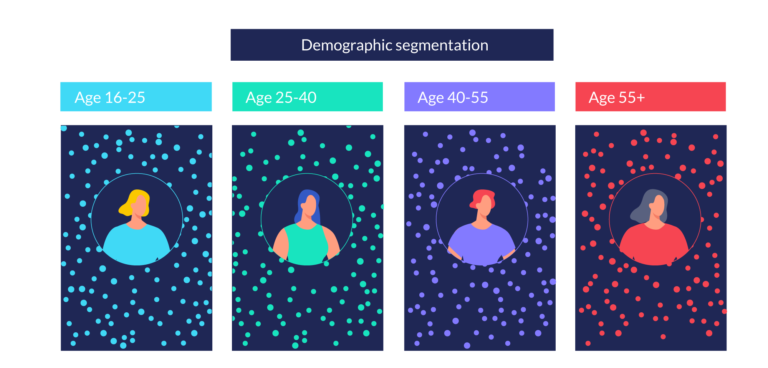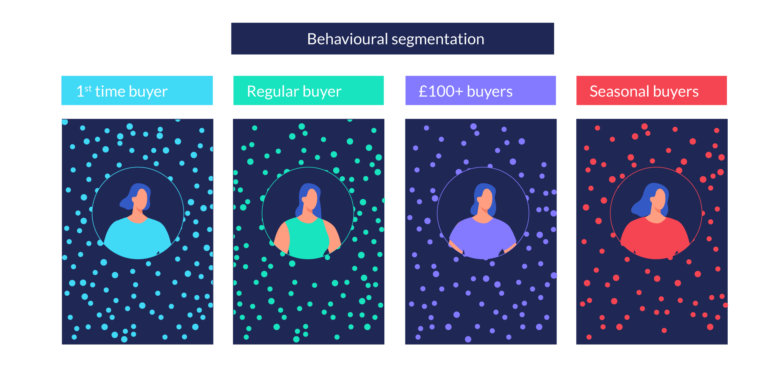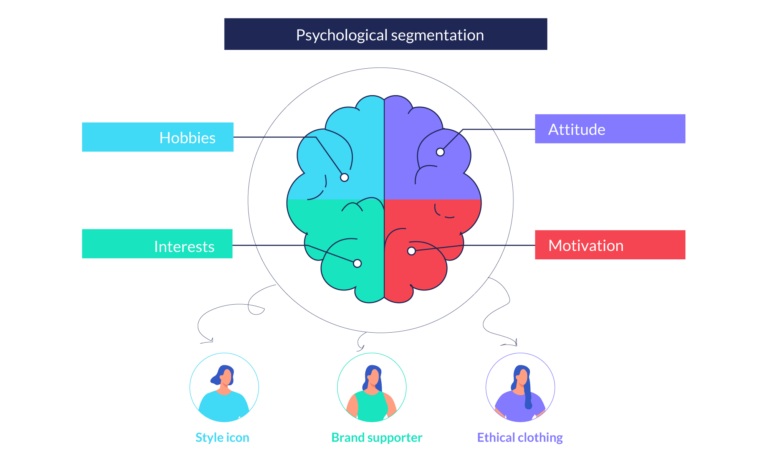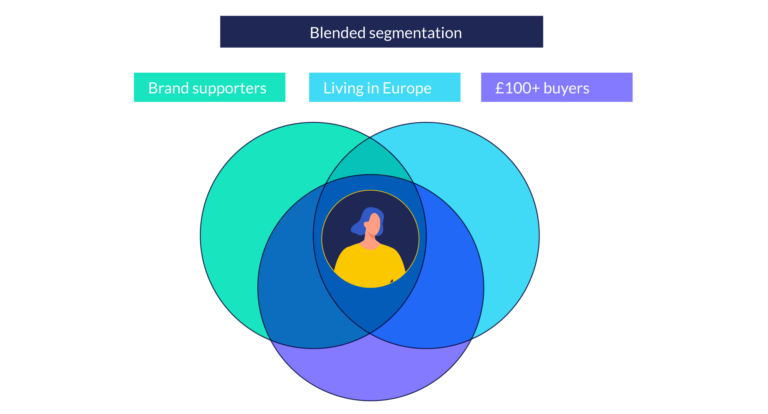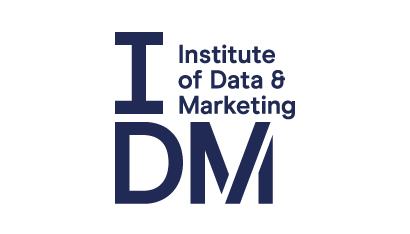Home / Business & Management / Marketing / Introduction to Marketing: Understanding your Customers / Four methods of customer segmentation to help you understand your audience
This article is from the free online
Introduction to Marketing: Understanding your Customers


Reach your personal and professional goals
Unlock access to hundreds of expert online courses and degrees from top universities and educators to gain accredited qualifications and professional CV-building certificates.
Join over 18 million learners to launch, switch or build upon your career, all at your own pace, across a wide range of topic areas.

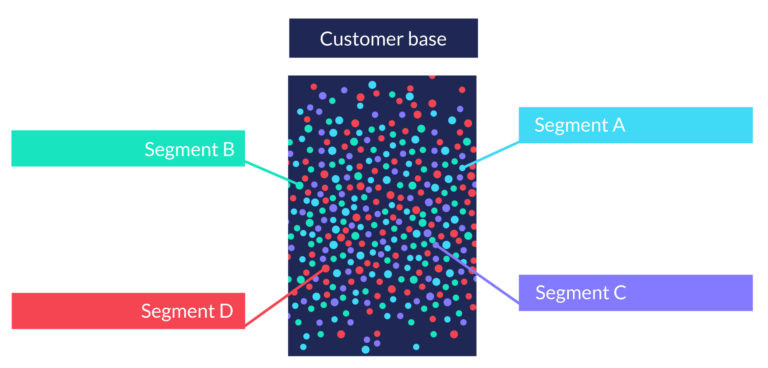 Customer segmentation is the term used by marketers for the division of a customer database into groups that are similar in specific ways. Each of these segments will contain individuals that have certain key and distinct characteristics.
Customer segmentation is the term used by marketers for the division of a customer database into groups that are similar in specific ways. Each of these segments will contain individuals that have certain key and distinct characteristics.